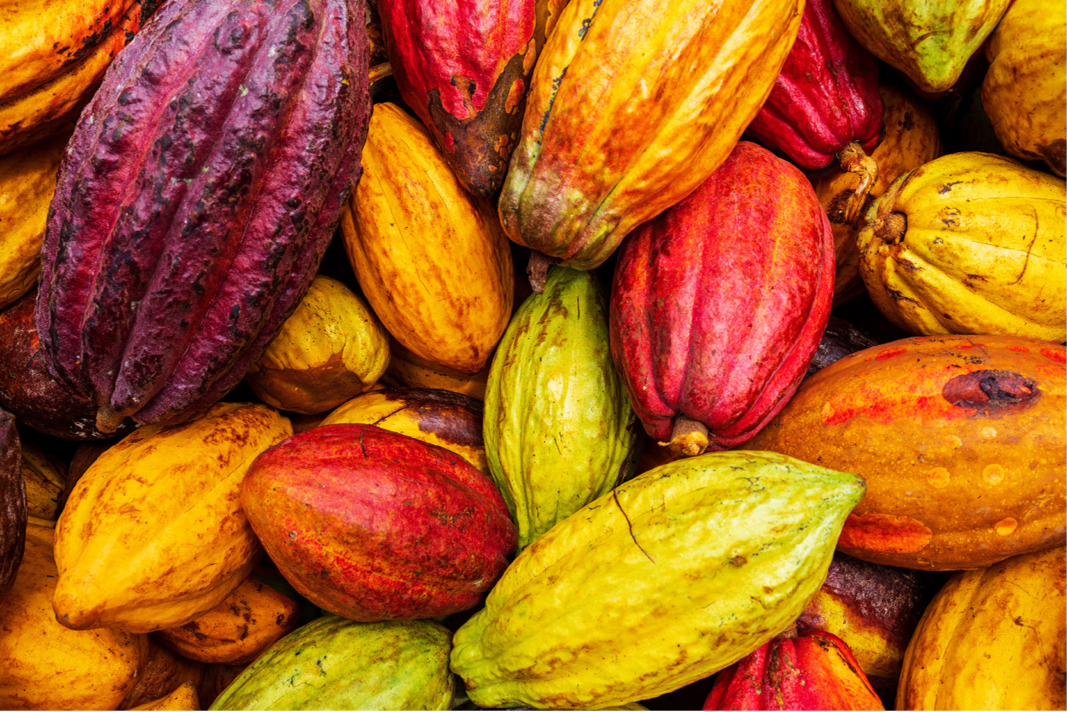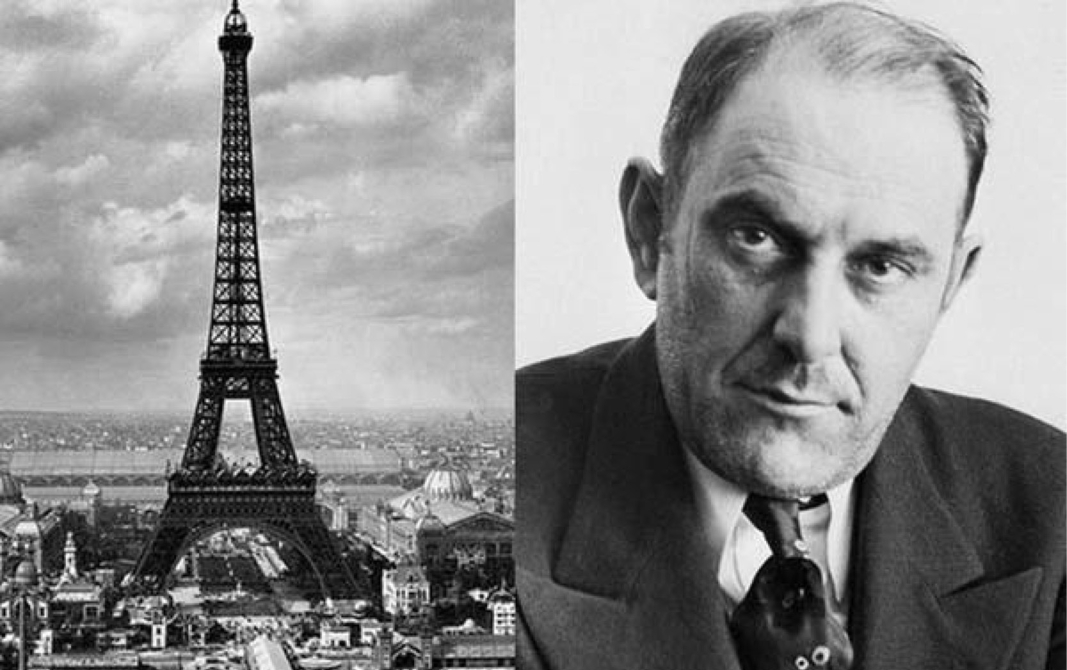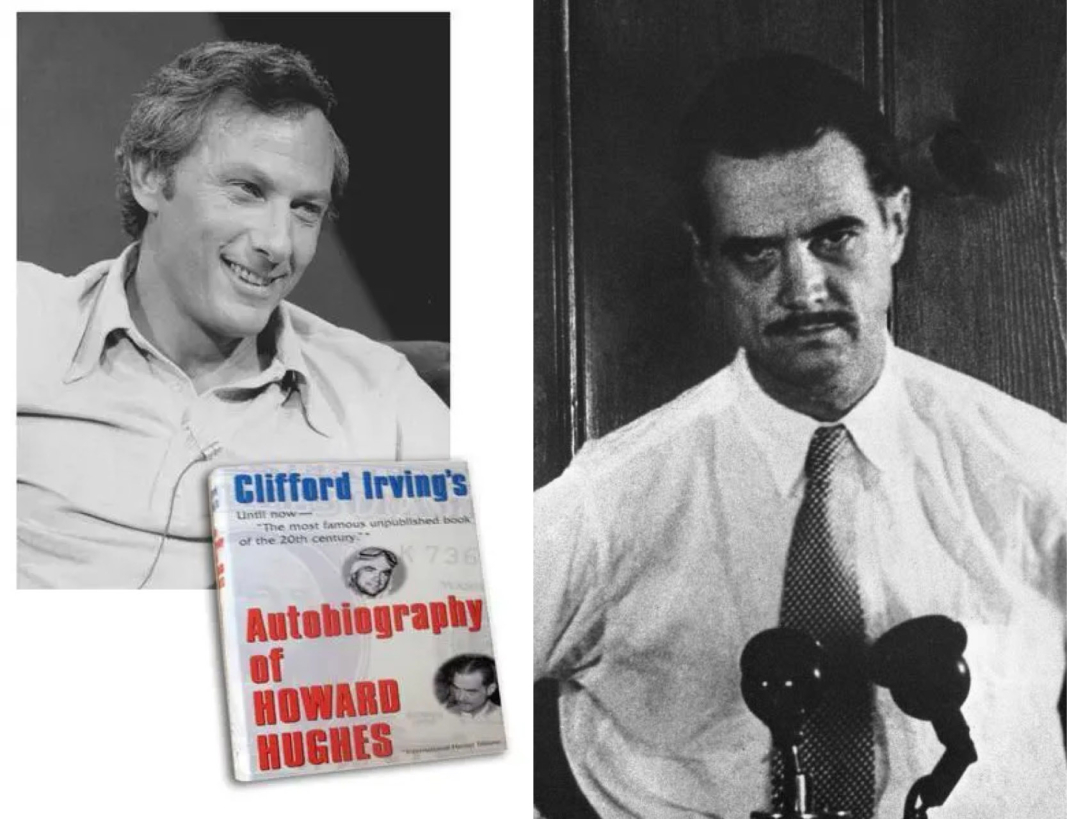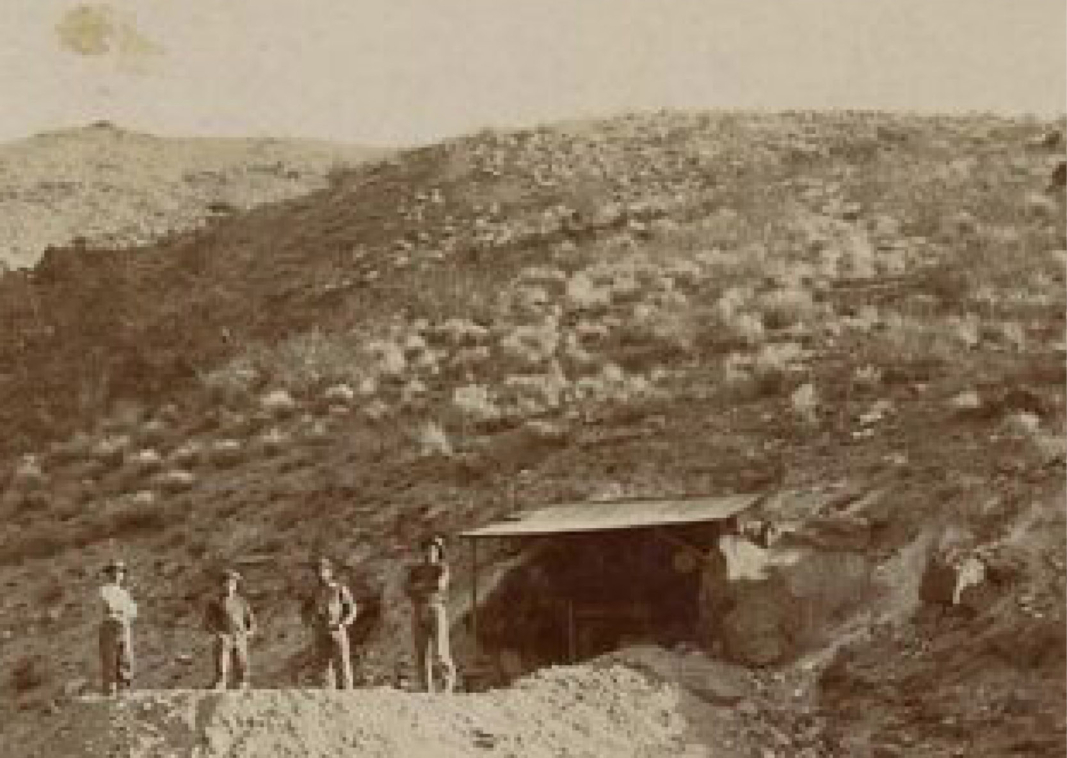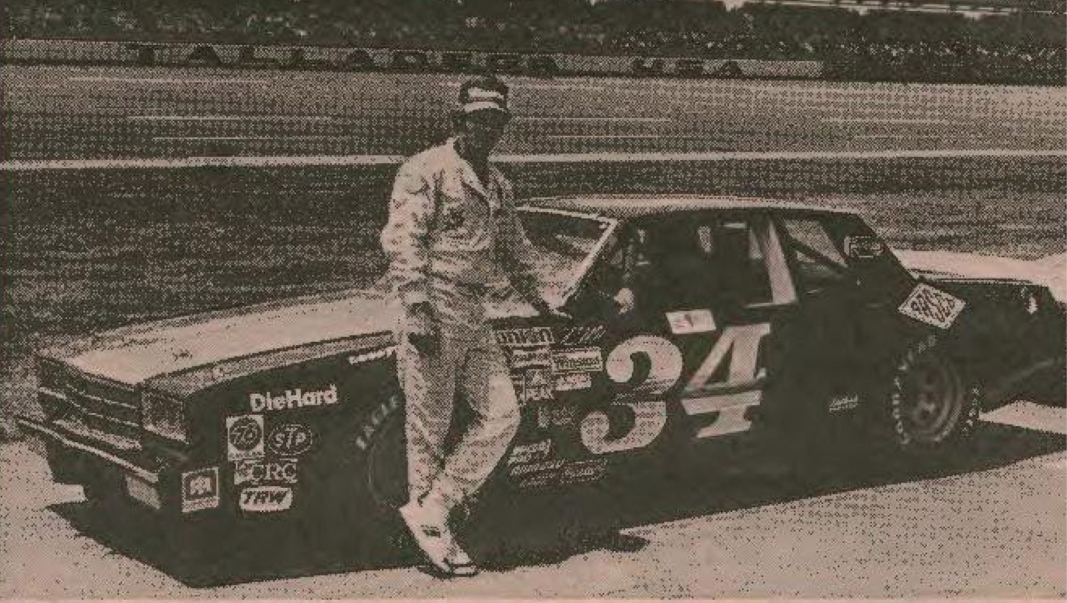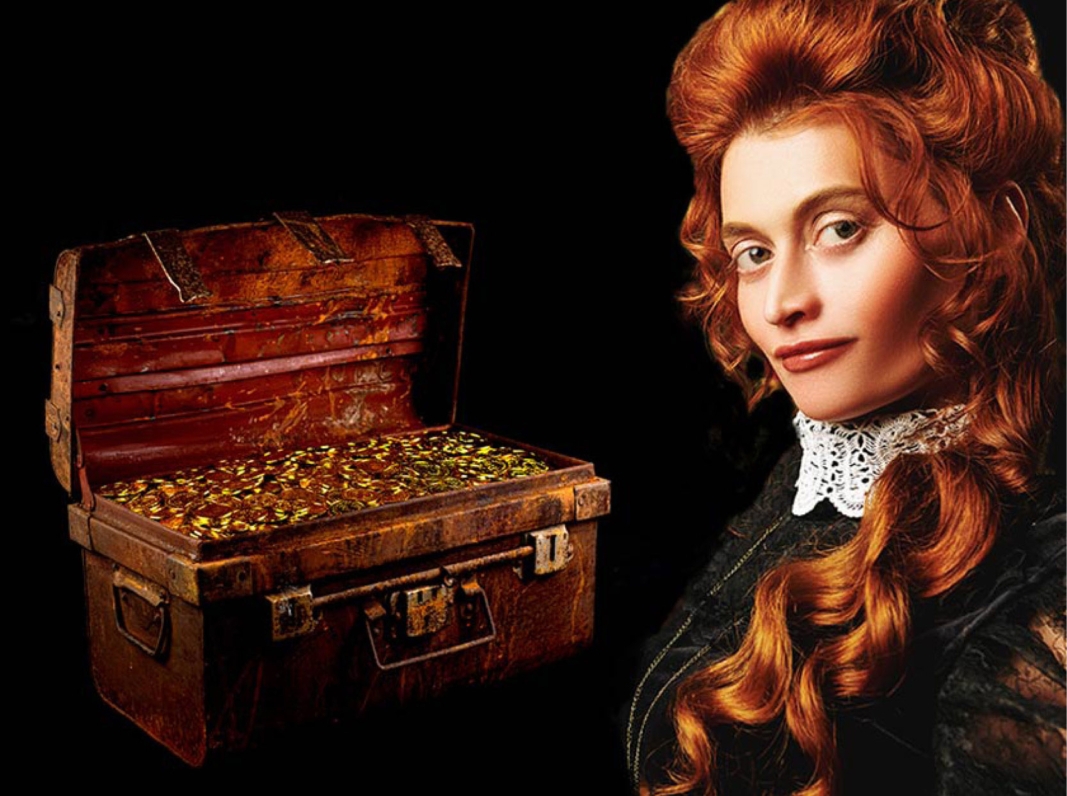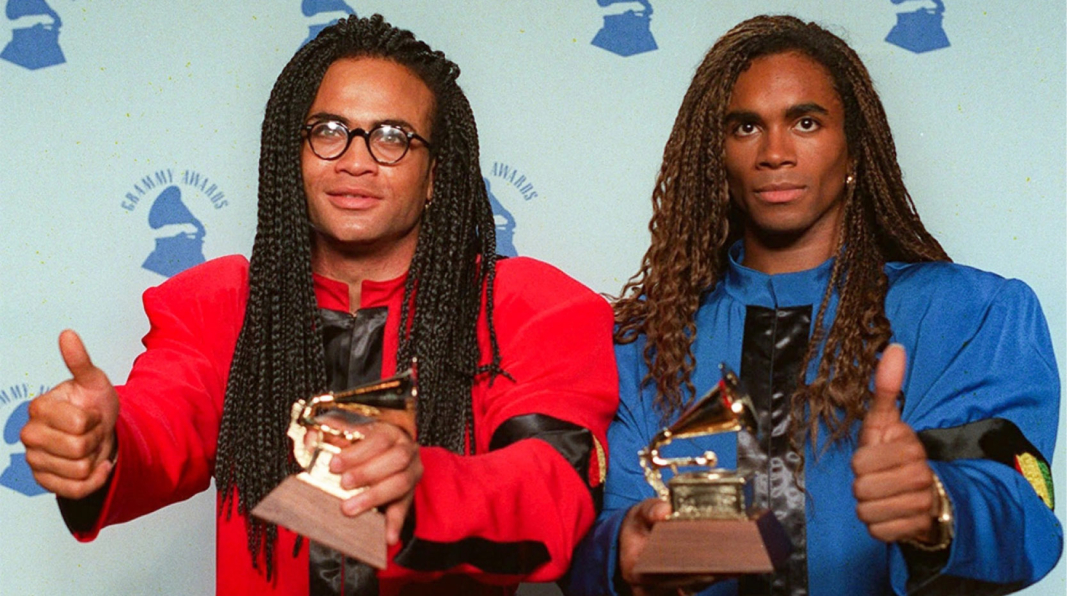“I’ll Call Ya”

From fictional Dick Tracy’s two-way Wrist TV to sci-fi Captain Kirk’s communicator to the guy who invented the very first cell phone to the guy who revolutionized the cell phone so that kids could play games on them. Read on for a quick history lesson of how we got to today’s cell phones. Or should we call them cameras that happen to have phone capabilities? :)))))))
Fifty years seems like a long time, especially in technology. But that’s how long it’s been since engineer Martin Cooper cradled a bulky plastic object to his ear. The gray device had two rows of numbered buttons between the ear and mouthpiece, and an antenna poked from the top, reaching skyward to pick up invisible signals from the city’s jangling atmosphere. Next to the sidewalk, cars and taxis zipped down Sixth Avenue through midtown Manhattan. It was April 1973, and Cooper had just placed the world’s first cellphone call. Can you imagine his excitement? Talk about solving a PIA (Pain in the @%$) Job! Wow. I can remember my friends sharing giant mobile phones in their company cars, plugging the power cord into the cigarette lighter. (remember those?). I came across this fun article in Smithsonian Magazine, and just had to share. Kudos to all my engineers and risk takers out there – your devotion to trying new things and problem solving is exemplary. Enjoy the history and walk down memory lane – I had fun reading, as I kept thinking – “I had one of those”. Thanks to Smithsonian Magazine for the info, Wikipedia.com and YouTube for the great tunes.
- Martin Cooper worked for Motorola where he officially demonstrated the wireless personal cellphone his team had developed. Cooper was struck by the impulse to manufacture a newsworthy anecdote—and decided to call Joel Engel, who led AT&T’s rival cellphone program. “I decided ‘Well, why don’t we give him a real demonstration?’” Cooper recalled years later. “And that’s exactly what we did.”
- To Cooper’s relief, he soon heard Engel’s voice on the line: “Hi, Marty.” Thrilled by his victory, Cooper couldn’t help crowing. “I’m calling you from a cellphone. But a real cellphone! Personal, hand-held, portable cellphone.” There was silence at the other end, and in Cooper’s telling, (Engel would later claim not to remember the call at all).
- Today, there are more cellphones than people on Earth. Cooper’s DynaTAC cellphone—which turns 50 this year—transformed the way we keep in touch, reshaped the etiquette of public space and began the slow death of the wired phone system.
- Of course, before Cooper, there were other “Firsts” (a phrase, known as the Sivowitch Law of Firsts, from Elliot Sivowitch, tracing portable devices earlier in time.
- Cellphones track back to World War II battlefields, where soldiers relied on short-range mobile radios to relay messages from the trenches. This walkie-talkie technology evolved further with the arrival of the transistor, a small device that amplifies electrical signals that are broadcast through a speaker, in 1948.
- In the midst of transistors, car phones arrived on the scene. The original car phones weighed 80 pounds and connected users with a switchboard operator, who could only access the service in or near major cities. By the 1960s, car phones had shrunk to half the size. The 30- to 40-pound devices were mounted in the trunk of the car, with cabling running through the length of the vehicle, connecting to a headset hooked up next to the driver’s seat, and an antenna beamed and received the signals that enabled communication. Early car phones weren’t widely available; just 5,000 Americans had them by 1948.
- In 1947, a Bell Laboratories engineer named Douglas H. Ring (of course his name was Ring!!) wrote a memo that sketched the basic functionality of the modern cellphone. Ring imagined a system in which mobile phones functioned like radio transmitters and receivers. His concept improved upon longstanding radio technology by proposing geographic “cells” that served small, modular areas. By adding more nodes in the cellular network, Ring’s system would avoid becoming overloaded with users, keeping airwaves clear for an exponentially greater number of simultaneous conversations.
- “Because of the technology and the problem with radio frequency interference, the FCC ruled there could only be a certain number of licenses in a major metropolitan area,” explains Wallace. The FCC’s carefully rationed licenses kept the phone lines clear for important figures.In 1983, Washington, D.C.’s mobile phone infrastructure was supported by a single transmitter, allowing “no more than two dozen users” to place calls at the same time.
- The Motorola DynaTAC—short for Dynamic Adaptive Total Area Coverage—was the official name for what many dubbed “the Brick.” It contained 30 circuit boards, yet it weighed just 2.5 pounds and measured 9 inches tall. It required 10 hours to fully charge, powering 35 minutes of conversation.
- A decade later, in 1983, Motorola’s cellphone was finally available for commercial service. Users paid $3,500, the equivalent of nearly $10,600 in 2023. By 1990, one million Americans had taken the plunge.
- Today, the vast majority of American adults own a cellphone—97 percent, according to the most recent data from the Pew Research Center. Statista, a market and consumer data platform, predicts that more than 18 billion mobile devices will be in use globally by 2025.
- Cooper said he was fascinated by a radio wristwatch used in the comic book adventures of detective Dick Tracy. In the 1990s, Motorola’s first flip phone drew inspiration from “Star Trek” communicators. (“beam me up Scottie”)
- Among the many midcentury writers who dreamed up cellphone-esque gadgets, some envisioned communications devices that doubled as fashion statements—a prediction that blossomed in the early 2000s. By 2002, the Brick’s bulky design had given way to slim phones like the T-Mobile Sidekick, which featured a full QWERTY keyboard, for instance. Motorola’s wafer-thin Razr, released in 2004, eventually came in more than ten colors, from baby blue to bubblegum pink. Blackberry devices gave off the impression that weighty business matters might interrupt at any moment. Haute couture designers including Prada, Versace and Armani all released collaborations with cellphone companies. Even ringtones could be customized; one of the most popular, “Crazy Frog,” grossed $40 million in ringtone downloads in 2004. Cellphones were more than just a practical tool—they were fashion accessories that put your taste and disposable income on display for all to see.
- When the first iPhone was released in 2007—quickly followed by the first Android in 2008—the colorful array of RAZRs and Sidekicks were doomed to be replaced by uniformly sleek designs. While the first Android featured a slide-out keyboard similar to the Blackberry, Apple’s minimalist design and touchscreen would soon become the smartphone standard. In 2022, iPhones claimed 50 percent of U.S. market share, overtaking Androids for the first time. Today, two companies, Apple and Samsung, dominate, together manufacturing more than three-quarters of the smartphones Americans use.
- Innovations under development include hidden cameras, zero ports charging, advanced folding, eco recycling and holograms. Can’t wait!
History Buffs – Here’s a brief history of the cell phone:
- 1947 – The first mobile communication system was developed in the United States by Bell Labs. It was called Mobile Telephone Service (MTS) and allowed users to make calls from their cars.
- 1973 – The first mobile phone, the Motorola DynaTAC, was invented by Martin Cooper. It weighed 2.5 pounds and had a battery life of 20 minutes.
- 1983 – The first commercially available mobile phone, the Motorola DynaTAC 8000X, was released. It cost $3,995 and had a talk time of 30 minutes.
- 1989 – The first flip phone, the Motorola StarTAC, was introduced. It was the first phone to be small enough to fit in a pocket.
- 1992 – The first smartphone, the IBM Simon, was released. It had a touch screen, email capabilities, and could run third-party apps.
- 1996 – The first phone with a built-in camera, the Kyocera Visual Phone VP-210, was introduced in Japan.
- 1999 – The Nokia 3210 was released, which became one of the most popular phones of all time. It had a long battery life and was durable.
- 2002 – The first phone with a color screen, the Sharp J-SH04, was released in Japan.
- 2007 – Apple released the first iPhone, which revolutionized the smartphone industry with its touch screen and app store.
- 2010 – The first 4G LTE phone, the HTC Evo 4G, was released in the United States.
- 2016 – The first phone without a headphone jack, the iPhone 7, was released by Apple.
- 2017 – Today – how many camera lenses can we cram on the backside??
::::::::::::::::::::::::::::::::::::::::::::::::::::::::::::::::::::::::::::::::::::::::::
DO YOU LIKE CONTESTS?
Me, too.
As you may know the Kowalski Heat Treating logo finds its way
into the visuals of my Friday posts.
I. Love. My. Logo.
One week there could be three logos.
The next week there could be 15 logos.
And sometimes the logo is very small or just a partial logo showing.
But there are always logos in some of the pictures.
So, I challenge you, my beloved readers, to count them and send me a
quick email with the total number of logos in the Friday post.
On the following Tuesday I’ll pick a winner from the correct answers
and send that lucky person some great KHT swag.
So, start counting and good luck!
Oh, and the logos at the very top header don’t count.
Got it? Good. :-))))
Have fun!!
::::::::::::::::::::::::::::::::::::::::::::::::::::::::::::::::::::::::::::::::::::::::::







